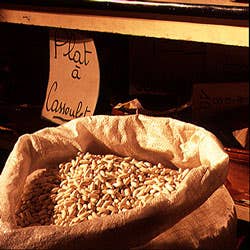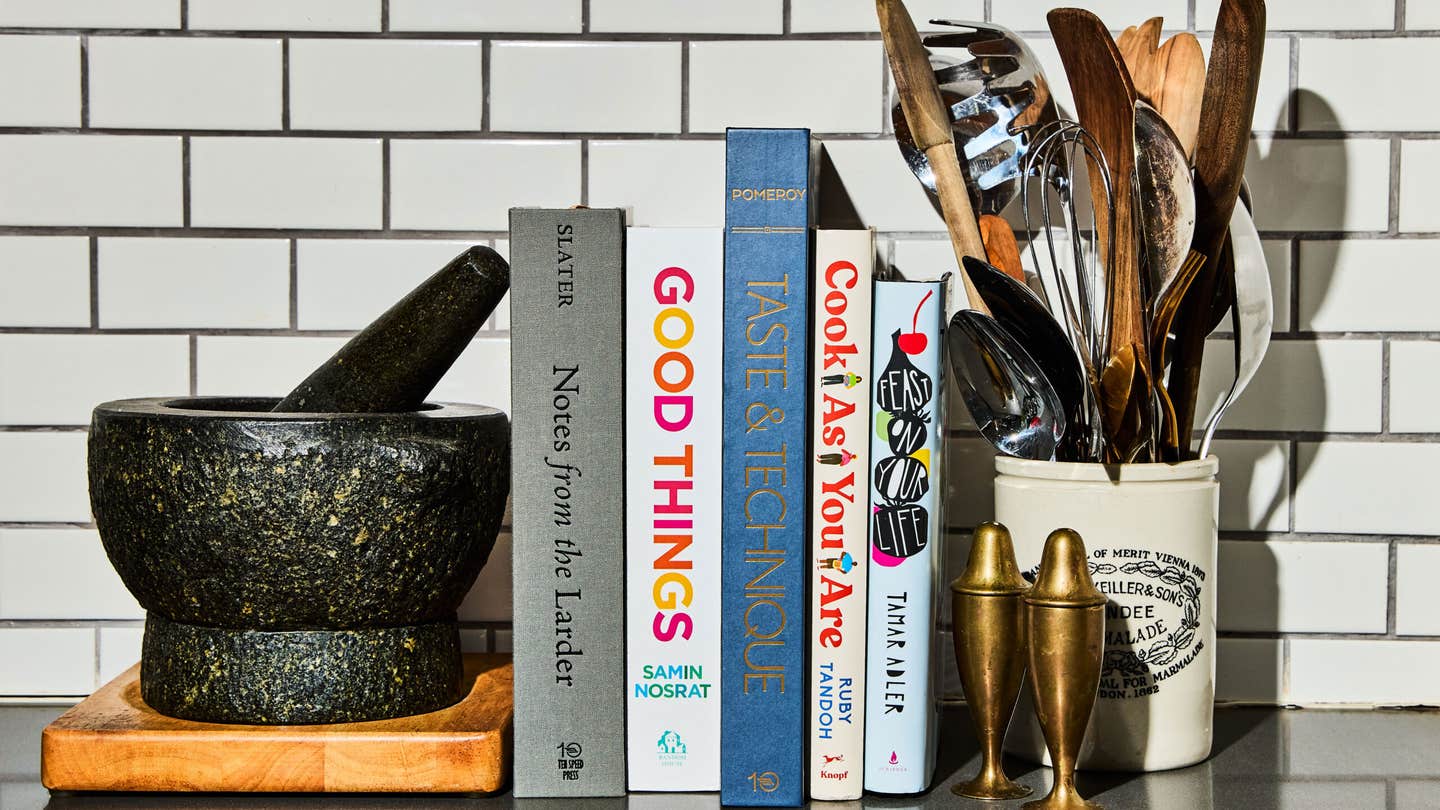
Bean Cuisine
In all the debate over what ingredients should go into a cassoulet, everyone is agreed on at least one thing: The dish must be made with white, kidney-shaped beans.
In all the debate over what ingredients should go into a cassoulet, everyone is agreed on at least one thing: The dish must be made with white, kidney-shaped beans of the species Phaseolus vulgaris. But then the controversy begins all over again. There are two primary varieties of white beans used to make cassoulet: the tarbais, from the region around Tarbes, a city southwest of Toulouse, and the lingot, grown in many regions of France. In fact, however, most of the beans used in France to make cassoulet are imported from Argentina.
In Toulouse, most people insist that a real cassoulet can only be made with tarbais—large, flat beans with a kidney shape. "There is no question that the tarbais are better," says Jacky Auriau, proprietor of L'Edelweiss, a restaurant in Toulouse. "The tarbais are more delicate, and they don't dry out." But in Castelnaudary, where the Great Brotherhood of the Cassoulet of Castelnaudary is the authority on all things relating to the specialty, the lingot—a smaller, rounder bean than the tarbais—is preferred. "The skin of the bean must not detach when cooked, as that of the tarbais does, because that will give the flavor of the skin to the soup," says the group's Grand Maitre, Francis Charron.
A more neutral view is taken by Pierrette and Rene Bourdoncle, who sell both types of beans at their eponymous food shop just off Toulouse's beautiful place du Capitole. "The tarbais do have a thinner skin, so you must be more careful when cooking them," says Pierrette. "But there is not much difference between tarbais and lingots in taste." For readers who cannot find either kind of bean locally, there is still hope. In a version of its official recipe prepared for anglophones, the Great Brotherhood permits the use of either navy or great northern beans.
Keep Reading
Continue to Next Story










